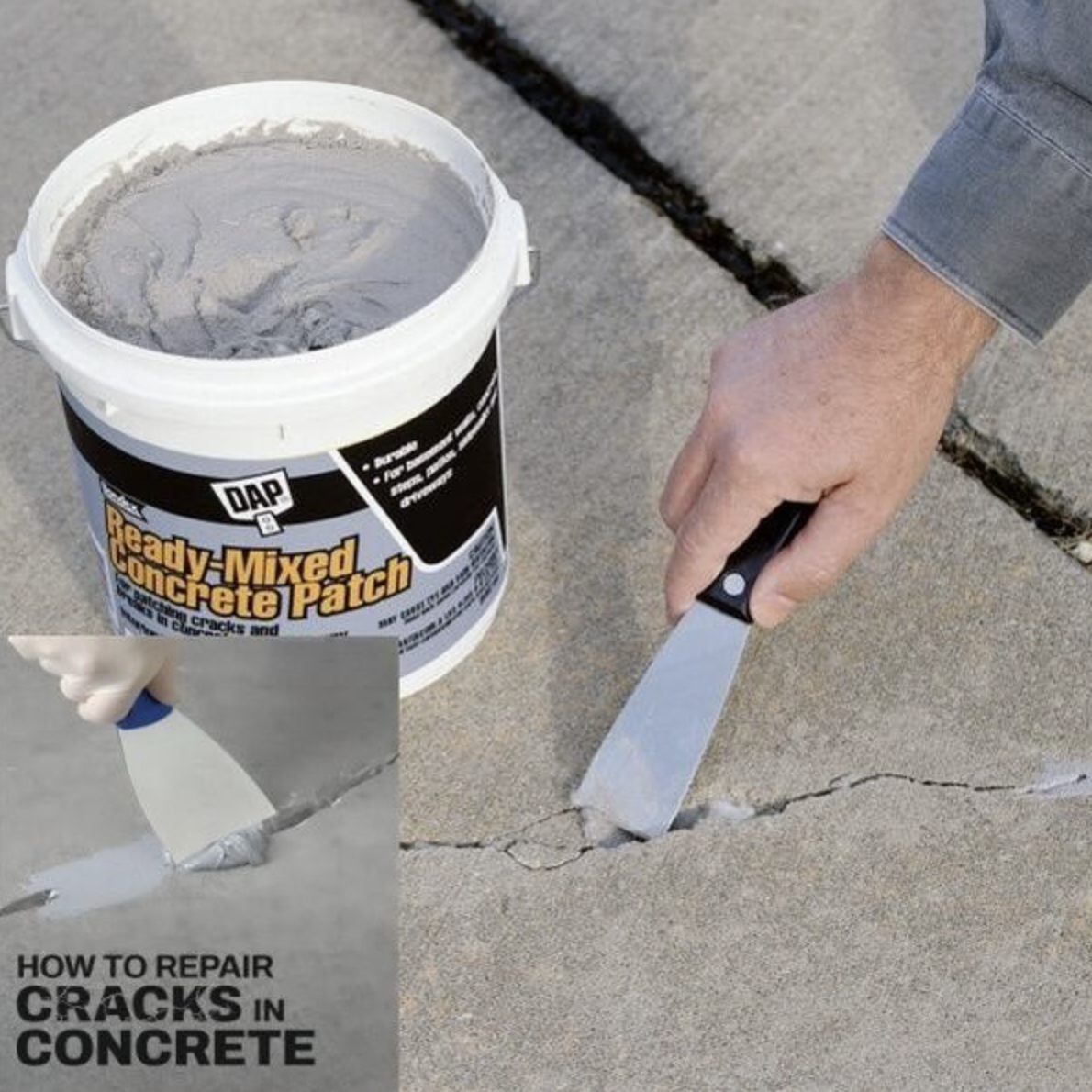In this comprehensive guide, we will explore the intricate world of concrete crack repair, answering when it is recommended, what is needed, and when it might not be the best solution.
When is Concrete Crack Repair Recommended ?
Concrete crack repair is highly recommended when cracks begin to compromise the structural integrity of a surface. Small hairline cracks may not pose an immediate threat, but as they widen and deepen, they can weaken the concrete. Factors such as the location, size, and type of crack play a crucial role in determining the necessity of repair.
-
Location Matters: The location of the crack is a key factor in deciding whether repair is essential. Cracks in load-bearing structures, such as foundations or columns, should be addressed promptly to prevent further damage. On the other hand, surface cracks in non-structural elements may not require immediate attention but can be addressed for aesthetic reasons.
-
Size and Type of Crack: The size and type of the crack also influence the decision to repair. Hairline cracks, typically less than 1/8 inch wide, may not be a cause for concern. However, larger cracks, especially those with a diagonal or zigzag pattern, may indicate more serious issues and should be addressed promptly.
-
Environmental Factors: Consider the environmental conditions when assessing cracks. Freeze-thaw cycles, extreme temperatures, and exposure to chemicals can exacerbate concrete cracks. In such cases, timely repair becomes crucial to prevent further deterioration.
When is Concrete Crack Repair not the best solution
While concrete crack repair is often recommended to maintain the longevity of structures, there are instances when it might not be the most practical solution.
-
Cosmetic Cracks: Small, surface-level cracks that are primarily cosmetic may not necessitate immediate repair. If the cracks don’t compromise the structural integrity and are only affecting the appearance, they can be addressed during routine maintenance or as part of a renovation project.
-
Temporary Structures: In some cases, where the concrete structure is temporary or slated for replacement in the near future, investing in extensive crack repair may not be cost-effective. It is essential to evaluate the longevity of the structure before committing to repairs.
-
Extensive Structural Damage: If the concrete has undergone extensive structural damage, repair may not be the best solution. In such cases, a thorough assessment by a structural engineer may be required to determine the most appropriate course of action, which could involve replacement rather than repair.
What is needed?
Before embarking on a concrete crack repair project, it is crucial to gather the necessary tools and materials. The success of the repair process hinges on the right products and techniques. Here’s a breakdown of what is typically needed:
-
Safety Gear: Ensure personal safety with the use of appropriate safety gear, including gloves, safety glasses, and a dust mask.
-
Cleaning Tools: Clean the crack thoroughly using a wire brush or a power washer to remove debris, loose concrete, and any contaminants.
-
Concrete Crack Filler: Select a high-quality concrete crack filler that suits the size and type of crack. Epoxy or polyurethane-based fillers are commonly used for their strength and durability.
-
Trowel or Putty Knife: A trowel or putty knife is essential for applying the crack filler evenly and smoothing the surface.
-
Concrete Sealer: Once the crack filler has cured, applying a concrete sealer helps protect the repaired area from moisture, chemicals, and further damage.
-
Measuring Tools: For precise application, have measuring tools such as a ruler or tape measure on hand to ensure accurate filling of the cracks.
-
Instructions and Guidelines: Follow the manufacturer’s instructions and guidelines for each product used. Different concrete crack fillers may have specific requirements regarding application, curing time, and temperature conditions.
Conclusion
In the intricate dance between time and concrete, cracks inevitably emerge, demanding attention and care. Concrete crack repair is a valuable tool in preserving the strength and beauty of structures, ensuring their longevity for years to come. Knowing when to initiate repairs, understanding the necessary tools and materials, and recognizing when repair may not be the best solution are pivotal in navigating this realm.
As stewards of the built environment, it is our responsibility to assess cracks with a discerning eye, distinguishing between the benign and the potentially hazardous. Armed with knowledge and the right tools, we can embark on the journey of concrete crack repair, restoring not just the surface but also the confidence in the durability of our constructions.

